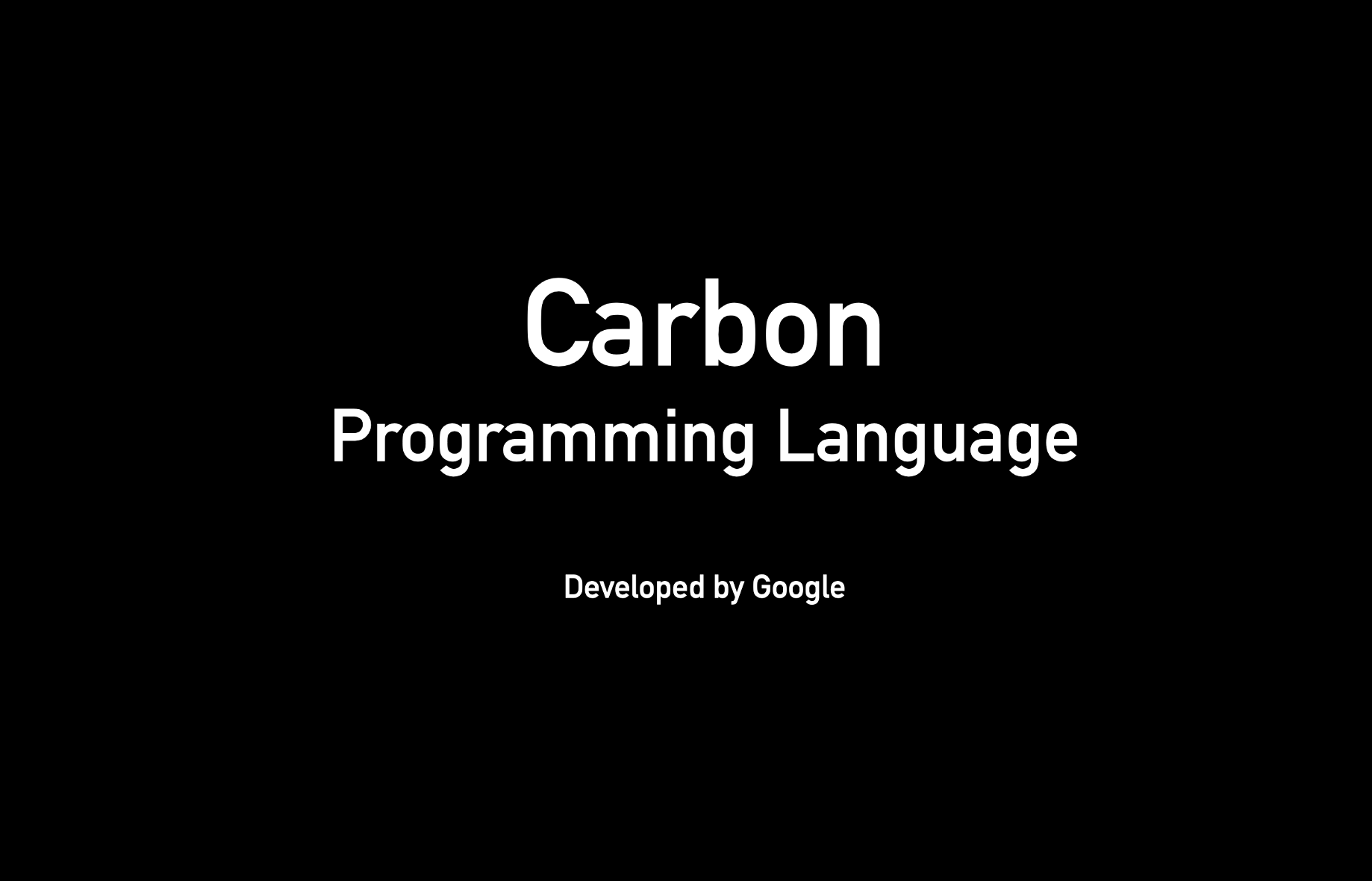A Tutorial Introduction to the Programming Language B
Using a tutorial to learn a new programming language can be beneficial, but if you have no prior knowledge of the language, this article can give you the basics. This article focuses on the basics of B, including how to create a variable, use variables, and use vectors. It also includes chapters on functions, types of statements, and operators. You should consider reading the manual before you start programming in B.
Object-Oriented programming language
Object-Oriented programming is a paradigm for programmers based on the concept of “objects.” An object is a logical unit containing both code and data. These can take the form of procedures and fields. Object-oriented programming languages, like Java, are based on the C++ programming language. Here are some of the main features of an Object-Oriented programming language.
Objects are created and defined using classes. Classes are a blueprint for objects, defining data and behavior that all objects will share. Each class contains methods and properties. Each object can invoke a method or attribute. A class is used to model a real world object. For example, a class named Car will define the properties and behaviors of all cars in its class. The methods and attributes of the class are used to access and manipulate the data that objects represent.
Basic operations
Basic programming language supports several data types. A table shows the range of values that can be used to represent an input parameter. The next table shows the data type of a function’s return and result. This table also shows excess data that can be used to display information about the output. Basic supports all of these data types. In addition, Basic supports the use of symbols to indicate a function’s name. In addition, Basic provides a convenient syntax for symbols.
In a Basic expression, an operator represents a particular arithmetic or logic operation that is performed upon the operands. In addition to being a type of operator, each one has its own priority category. There are four priority categories in Basic, and they execute from left to right. To specify which priority category an operation falls into, use parenthesis. By the early 1970s, hundreds of terminals were connected to Dartmouth computers.
Using a switch statement
In a programming language, a switch statement is a logical operator that allows the execution of a particular action based on the values of its operands. Normally, a switch statement is used to perform conditional operations on data. In many cases, a switch statement can be used to perform several operations at once. In general, switch statements have two cases: a default case and a corresponding matching case. When used in this way, the compiler will not execute a conditional assignment above the matching case.
When you use a switch statement, the result of evaluating the value of an expression inside the switch statement is compared to the value of case-values. When the result matches the case label, the statement associated with that case is executed. The switch statement is used to execute the code that would otherwise run if the case-value of x were a different value. Generally, a switch statement is used to replace a number of if checks in a program. It’s a more descriptive way to compare values. Switch statements consist of a case block and a default statement. The value of x is compared to the value of case-values in each case, until it matches the value of the first case. Once the second case value matches, the switch statement executes the code associated with the corresponding case.

